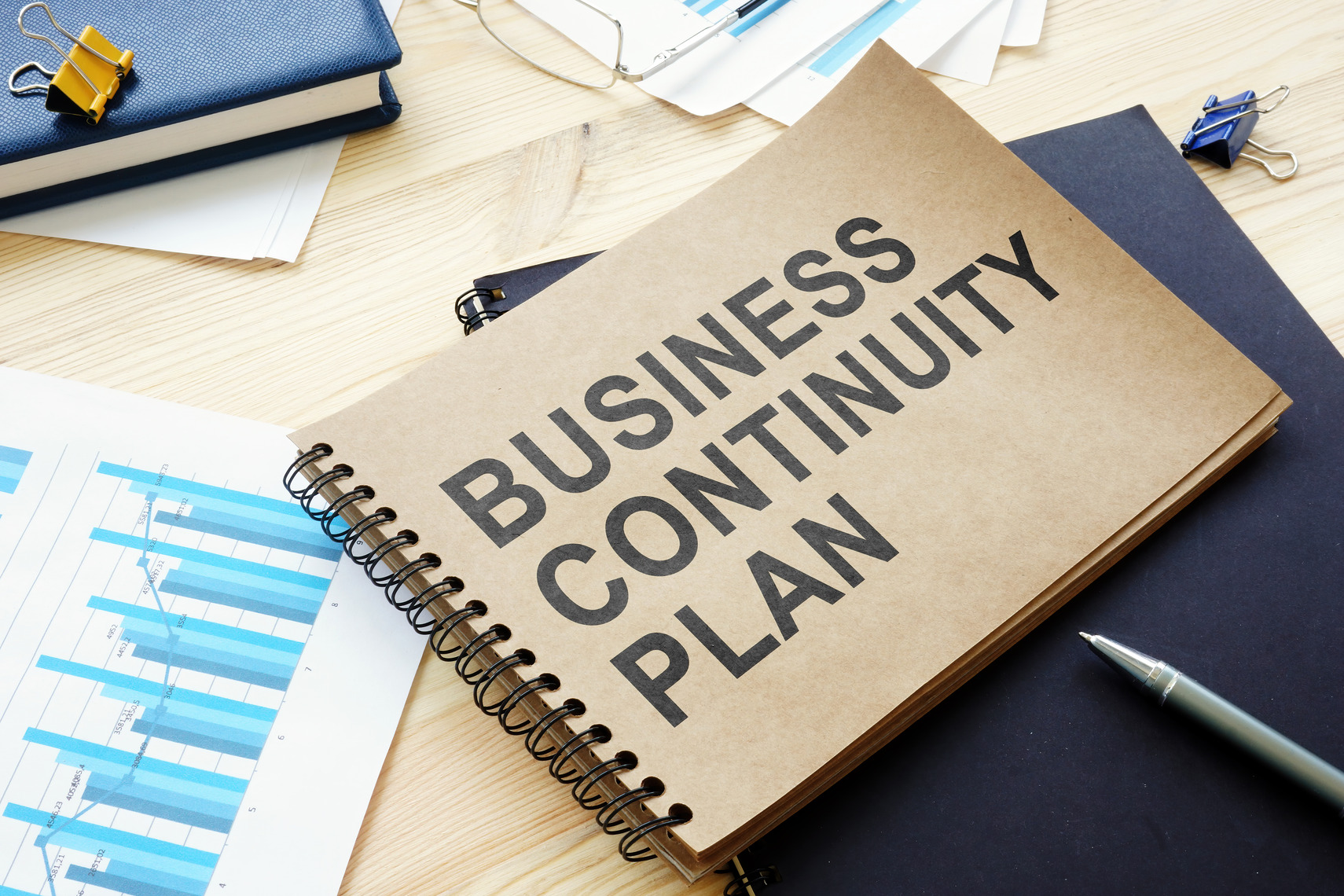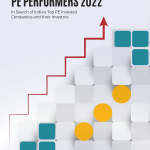
Over the years business continuity has come to mean an enterprise’s level of readiness to maintain critical functions during an emergency or a disruption, mostly as an outcome of external factors. And, technology companies have continuously worked on designing solutions that ensure critical functions and infrastructure are kept in a business-as-usual state. And these solutions work around three key elements, viz., resilience, recovery and contingency. In addition to these, there is the element of succession planning which has emerged as a crucial factor that could potentially disrupt business continuity.
A recent study by Brandon Hall Group suggests that barely one-third of all organizations hold the view that they can effectively develop good leaders for their critical business functions. Because, when it comes to performance management. there is hardly any agreement on the behavioral traits that define a frontrunner from others. A key challenge that respondents to the survey shared is the absence of a robust, consistent approach to employee leadership development. Besides the obvious people development challenge, there is also the issue of potential leaders often struggling to assimilate classroom lectures into reflections and learnings for themselves.
And, things only get worse when the key attributes of a future leader becomes a matter of debate as these tend to impede the timeframe for rollout of basic training programs. That these then result in having a negative impact on business continuity and growth is a foregone conclusion. Along with the experienced leaders who are about to retire, HR heads also need to build a pipeline of new leaders who can step in with confidence and guide the organization to new milestones in its industry.
How can technology play a part?
Quite like other business functions, digital technology is now also transforming the succession planning process within enterprises. Artificial intelligence (AI), machine learning, advanced analytics and other emerging tech platforms can help an organization choose potential successors by offering data-driven insights on parameters ranging from productivity levels, emotional intelligence, team management and several other leadership capabilities.
Organizations can now leverage bespoke succession planning solutions that combine workforce management with human capital management to monitor their employees effectively – right from the time they get onboarded to the point when they retire. Solutions for managing these tasks come with interactive dashboards that automatically track and showcase key performance indicators (KPIs), and compare each employee’s contribution with those parameters. Performances may be assessed at individual, team and organizational levels with a predefined set of scoring that allows a manager to identify leaders among the team – ones who go beyond the call of duty, manage exigencies without supervisory support etc. When used more comprehensively, machine learning also allows the HR to develop critical insights such as employee readiness for a new role and the risk of attrition.
The first step is the most important
While identifying skilled leaders for strategic roles, their reporting managers and HR teams need to begin by carefully defining the key metrics. These have to be in line with the skills that the organization needs for its market success and growth in the long run. AI could then be used in the succession planning software in order to identify those amongst the employees who excel in such areas. Leaders of business units should add to this process by identifying the employees who display the right attitude to do more and have the potential to go an extra mile. For example, the ones who readily take extra projects to expand their experience and impact outcomes innovatively can go on to become successful guides for others.
Besides helping to shortlist high performers, technology based succession planning applications also enable organizations to identify skill gaps. The learning & development professionals can then address these issues through targeted training initiatives. What’s more, HR managers can capitalize upon the knowledge of experienced employees by nominating them as subject matter experts and mentors to help others move up the learning curve. Such opportunities provide skill development and growth opportunities to all the participants involved in the process.
Here are some tangible outcomes one can expect
Technology-centric succession planning solutions enable enterprises to choose their new leaders in unbiased ways and offer a number of benefits. More than three-fourths of the respondents to the Brandon Hall Group’s research admitted the need to improve measurement mechanisms to better understand the impact of leadership training and wrapping them around desired business outcomes. Some of these are listed below:
Reduced time and effort – For any organization, the use of technology in human capital management reduces time by collating and managing data on performance, skill sets, teamwork mindset, confidence for new initiatives, and leadership potential. AI based applications can work using relevant data to quickly judge performance and provide more accurate results without any prejudice.
Seamless process integration – Technology streamlines succession planning systems by keeping a talent pool ready for key leadership roles at all times and not when a vacancy appears. From identifying individuals with high-potential to maintaining records of their outstanding performance and preparing them for future career development, the process stays structured. Such a system ensures that the organization gets the right leaders exactly when and where it needs them.
Simplified alignment and accessibility – Talent pools do not serve their purpose if managers and HR leaders cannot view, track, and update the details for potential successors easily. Dynamic talent pool insights from succession planning software keep accessible records of capable employees by aligning their appraisals, competencies, development plans, and training completed to the leadership roles they are fit for. With a proactive system that monitors employee contribution to work, analyzes their capabilities, and provides robust reports, an organization can also ensure that as its employees learn and grow, the talent pool data is dynamically updated. It helps in making data-centric staffing decisions and effective plans for hiring.
In addition to such benefits, the cost savings – materialized by shift from manual and paper based succession planning processes to a technology enabled and fully integrated one – also make investments in such software systems worthwhile.
Creating and maintaining the human touch
From monitoring employee performance and recommending the best leaders for a role to providing support for filling skills gaps, technology has proven its value for succession planning. However, a word of caution about severing human participation entirely from the process. Managing people is both a science and an art, so having the human element always attached to the process is mission critical to its success.
With sufficient and accessible data, HR teams can start making decisions for employee promotion purely on the basis of data. However, to support them in their career goals, provide them regular feedback on progress and also to check if they are facing any issues at work, it is critical to have periodic one-to-one conversations with employees
Succession planning and growth related human conversations also combine to drive a better employee experience. After all, the employees who feel valued, heard and know that their company is investing in their professional development are the ones who are more likely to stay loyal and fuel business growth.


